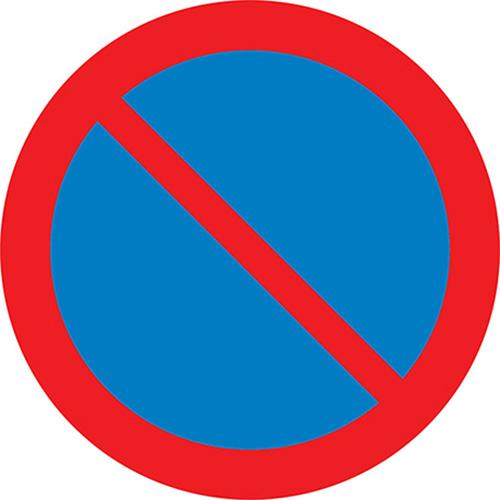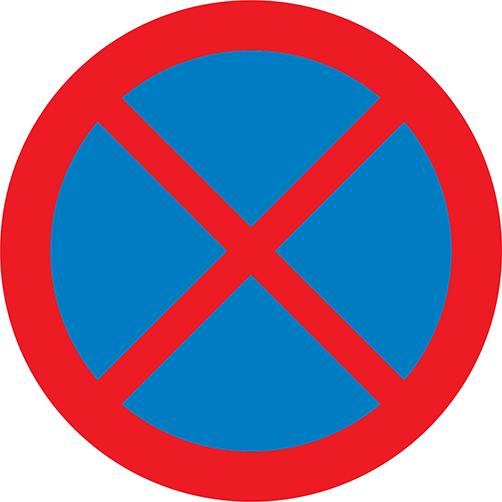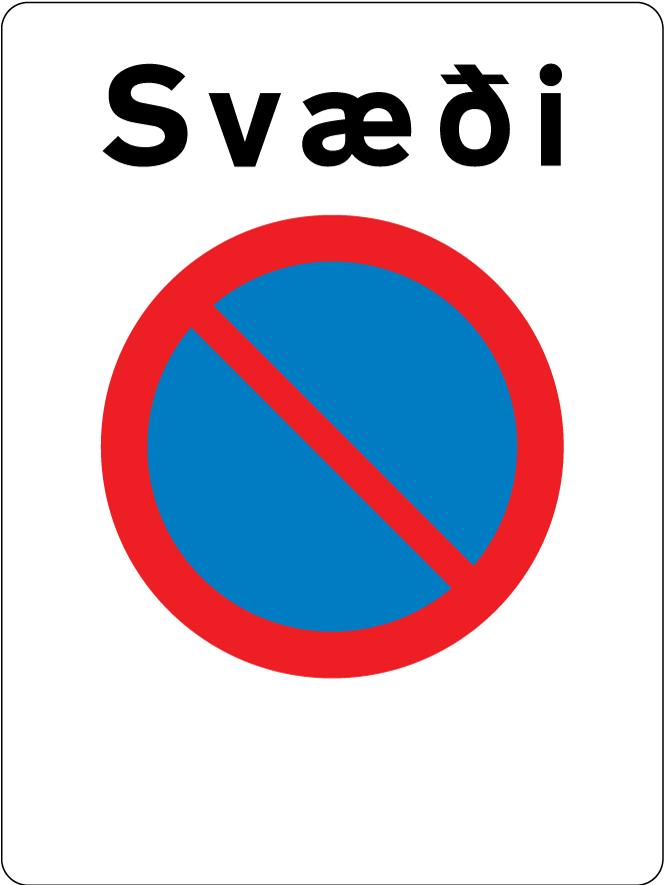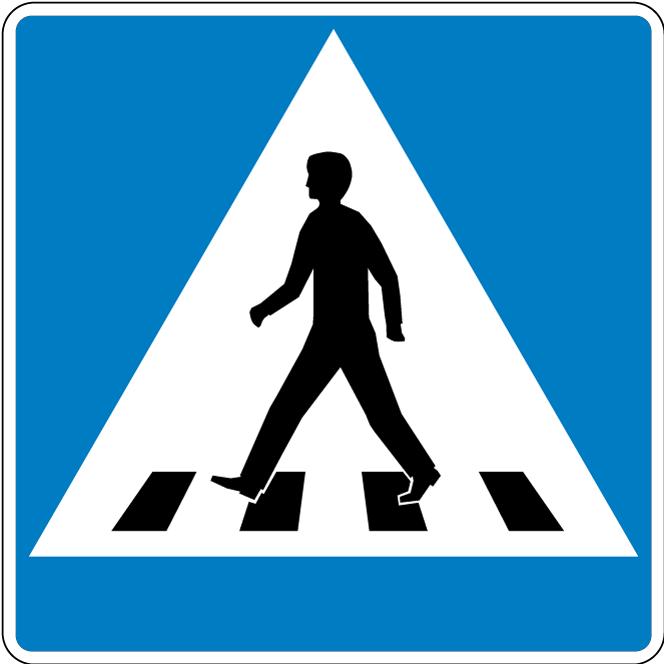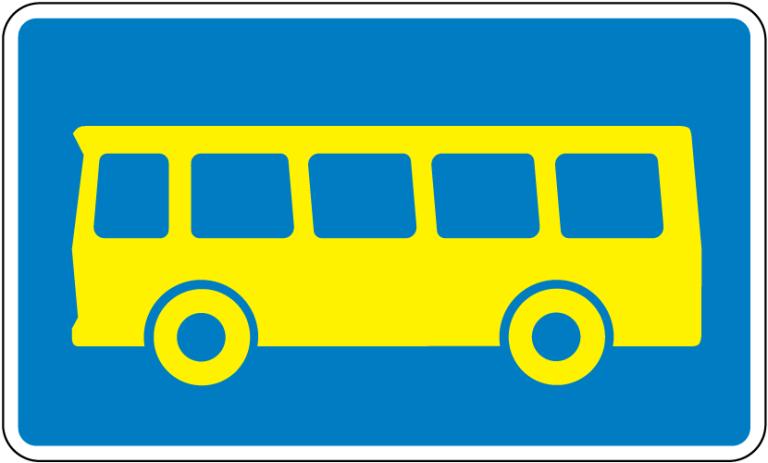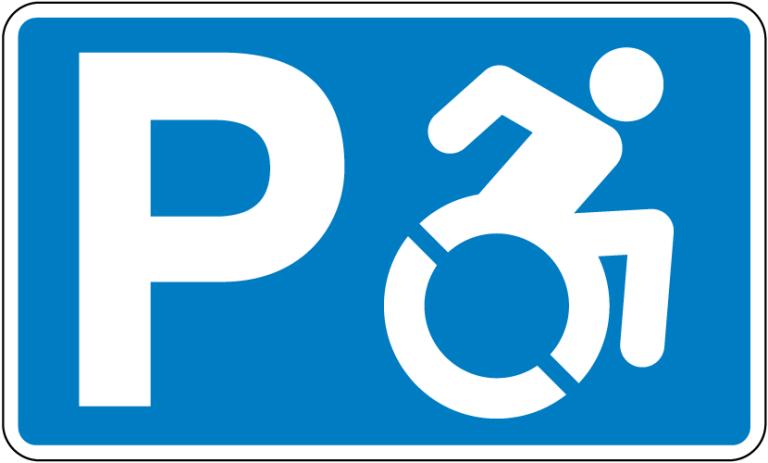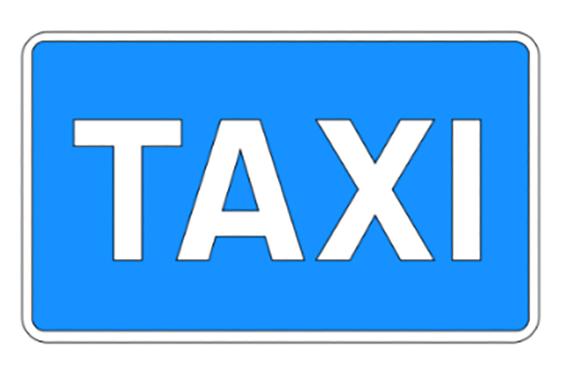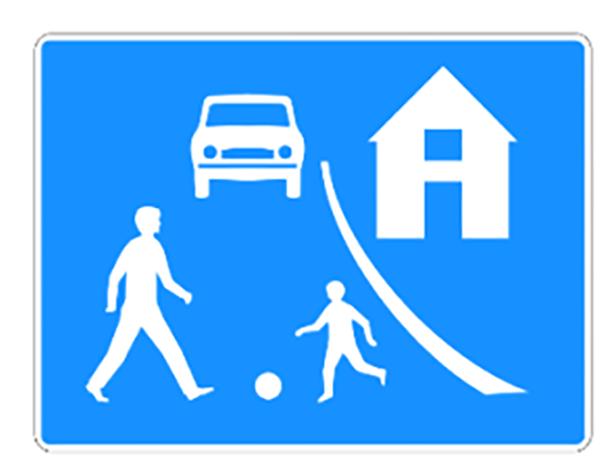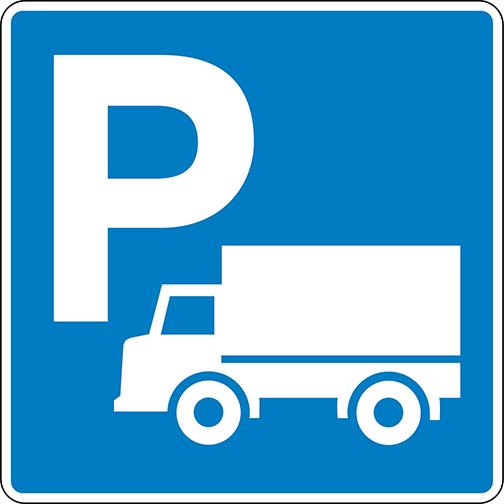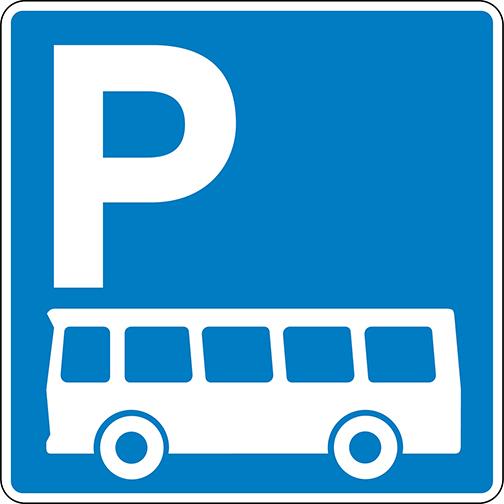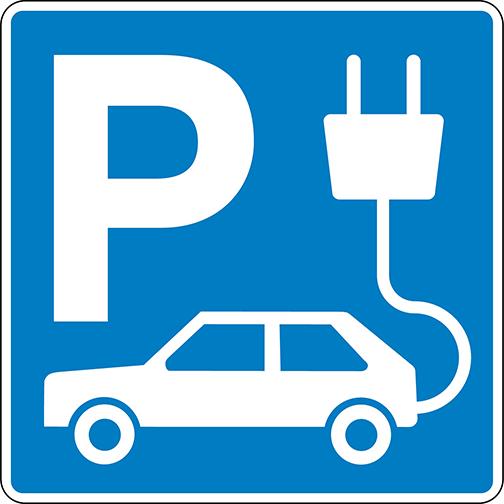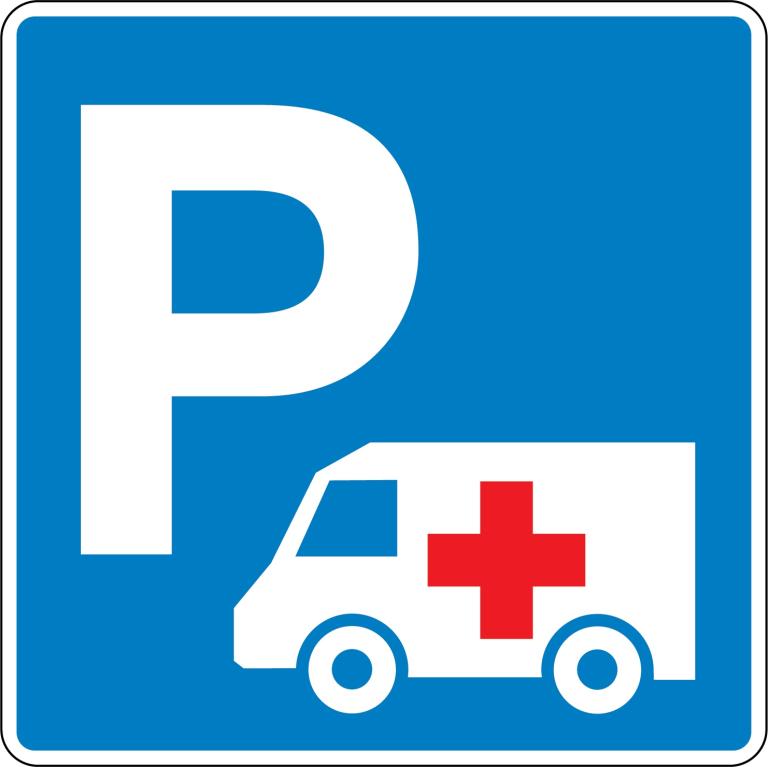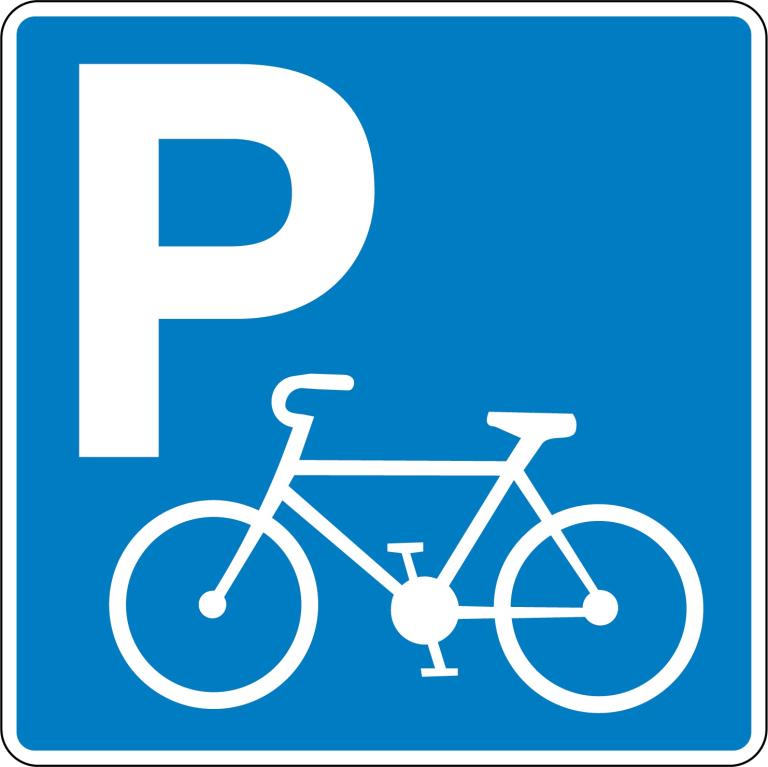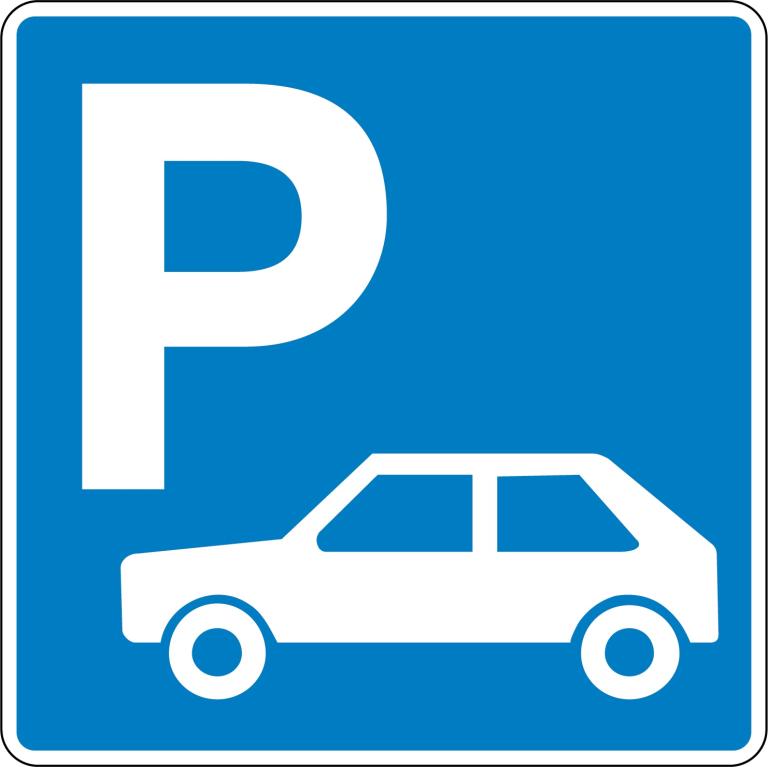Parking penalties
Unofficial translated extract from the Traffic Act No. 77/2019 and the Regulation on Traffic Signs 250/2024
Traffic sign - No parking
No stopping or parking of vehicles as indicated by a traffic sign. Parking prohibited.
Parking a vehicle
A stopped vehicle, with or without a driver present. However, a stop of less than three minutes to let passengers in or out or for loading and unloading cargo is not considered parking.
Traffic sign - no stopping
Where traffic signs indicate a parking or stopping prohibition, you cannot stop your vehicle.
Stopping a vehicle
A short pause that a driver decides to make during their journey and is not due to other traffic, traffic signs, police orders, etc.
Traffic sign - no parking in the area
A prohibition of stopping or parking a vehicle indicated by a traffic sign. Boundary of area with restricted parking.
Pedestrian crossing
You may not park a vehicle on a crosswalk or within 5 meters of it.
Pedestrian crossing
A crosswalk is a specifically marked part of the road with traffic signs and surface markings intended for pedestrians to cross the road.
Intersection
You may not stop or park a vehicle at intersections or within 5 meters of the nearest edge of the crossing lane.
Intersection
Where roads meet or intersect or a road branches off.
Bus stop
Except for those vehicles for which spaces are provided, it is forbidden to stop or park a vehicle at a bus stop within 15 meters of the sign.
Bus:
A vehicle intended for the transportation of more than eight passengers, even if the vehicle is also intended for other uses.
Parking for disabled people
Except for those vehicles for which spaces are provided, it is forbidden to stop or park a vehicle in marked spaces for disabled people's vehicles.
Parking cards for disabled people
Only holders of a parking permit for disabled people are allowed to park in parking spaces designated for disabled people, identified by a suitable traffic sign or where it is otherwise clearly indicated that the space is for the vehicle of a disabled person. (First paragraph of Article 87)
Sidewalk, pedestrian streets, traffic islands, and more.
You may not stop a vehicle that requires registration or park it in places not intended for such vehicles' traffic, such as a sidewalk, footpath, pedestrian street, bike lane, or bike path unless otherwise specified in accordance with the first paragraph of Article 84. The same applies to traffic islands, grass areas, and similar places.
Sidewalk:
That part of the road to the side of the driving lane, mainly intended for pedestrian traffic.
Pedestrian street:
A street space mainly intended for pedestrian traffic and marked as such. Traffic of others is governed by signage and the provisions of this Act.
Footpath:
A path primarily intended for pedestrian traffic and marked as such.
Bike lane:
A special lane on the street intended for bicycles and mopeds in category I and marked as such.
Bike path:
a. That part of the road intended only for bicycles and mopeds in category I, is marked as such and is clearly separated from the driving lane, e.g., by a traffic island or curb.
b. A path that is not part of the road and only intended for bicycles and mopeds in category I and marked as such.
Other
Other according to Article 84 and the first paragraph of Article 86.
Taxi parking space
Except for those vehicles for which spaces are provided, it is forbidden to stop or park a vehicle in marked spaces for a taxi, truck, or bus.
Living street
Registered vehicles may not be parked in a living street except in marked spaces.
Opposite to driving direction
On the road, you may only stop a vehicle or park it on the right-hand side. Where one-way traffic is permitted, other rules may apply in accordance with the first paragraph of Article 84.
Blocking traffic signs
You may not stop a vehicle or park it in such a way that it obstructs traffic signs or traffic lights.
Tunnel, under or on a bridge
You may not stop a vehicle or park it in tunnels, under a bridge, or on a bridge, unless specifically provided for.
Blind slope or bend
Do not stop or park vehicles in or near blind slopes or bends or other places where visibility is reduced.
Solid dividing line
You may not stop or park vehicles where the driving lane is divided into lanes by a solid median or dividing line between the lanes, or so close to such a line that it impedes driving onto the correct lane.
Roundabout
You may not stop or park vehicles in roundabouts.
Roundabout
Intersections where there is a circular area in the middle with a driving lane around it.
Freight vehicle parking
Except for those vehicles for which spaces are provided, it is forbidden to stop or park a vehicle in marked spaces for a taxi, truck, or bus.
Freight vehicle
A vehicle mainly intended for freight transport, has a total authorized weight of more than 3.5 tons and is at most for eight passengers. The same applies to transport vehicles.
Bus parking
Except for those vehicles for which spaces are provided, it is forbidden to stop or park a vehicle in marked spaces for a taxi, truck, or bus.
Bus
A vehicle intended for the transportation of more than eight passengers, even if the vehicle is also intended for other uses.
Spaces intended for electric vehicle charging
Except for those vehicles for which spaces are provided, it is forbidden to stop or park a vehicle in marked spaces intended for charging vehicles.
Police and ambulance parking
Except for those vehicles for which spaces are provided, it is forbidden to stop or park a vehicle in marked spaces intended for police vehicles or ambulances.
Bicycle parking
Except for those vehicles for which spaces are provided, it is forbidden to stop or park a vehicle in marked spaces intended for bicycles.
Bicycle
- A vehicle that is propelled forward with a step or crank mechanism.
- Bicycles with a step or crank mechanism, equipped with an electric auxiliary device where the continuous maximum power is up to 0.25 kW and the output gradually decreases and stops completely when the bicycle has reached a speed of 25 km/h or earlier if the cyclist stops pedaling.
- Another small motorized vehicle that is not considered a moped and is designed to travel at speeds from 6 km/h up to 25 km/h. This definition includes motorized scooters and two-wheeled vehicles on one axle. Such vehicles are not allowed to drive on a driving lane.
Motorcycle parking
Except for those vehicles for which spaces are provided, it is forbidden to stop or park a vehicle in marked spaces intended for motorcycles.
Motorcycle:
A motorized vehicle that is not considered an automobile, tractor or ATV and is primarily intended for passenger or freight transport, on two wheels, with or without a sidecar, or on three or more wheels with a displacement over 50 [cm 3] if it has a combustion engine and is designed for speeds faster than 45 km/h.
Passenger car parking
Except for those vehicles for which spaces are provided, it is forbidden to stop or park a vehicle in marked spaces intended for passenger cars.
Driveways
A vehicle may not be parked wholly or partially in front of a driveway to a house or lot.
Next to another vehicle at the edge of a driving lane
A vehicle may not be parked next to a vehicle located at the edge of a driving lane, other than a bicycle or moped.
Turning head of a cul-de-sac
A vehicle may not be parked in the turning head of a cul-de-sac.
Obstructs access
A vehicle may not be parked in such a way that it obstructs access to another vehicle or its removal from the location.
Fire hydrant
A vehicle may not be parked by a fire hydrant.
The road authority or, depending on the circumstances, the landowner can, after consultation with the police, ban the parking of trailers, boats, mobile homes and other similar devices on streets and public car parks that are believed to cause inconvenience, filth or danger.
